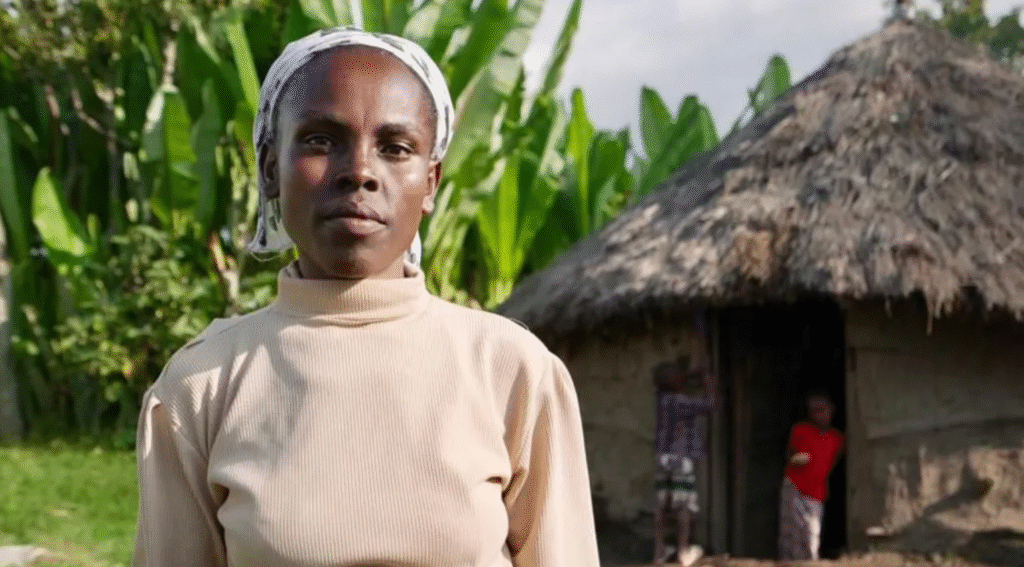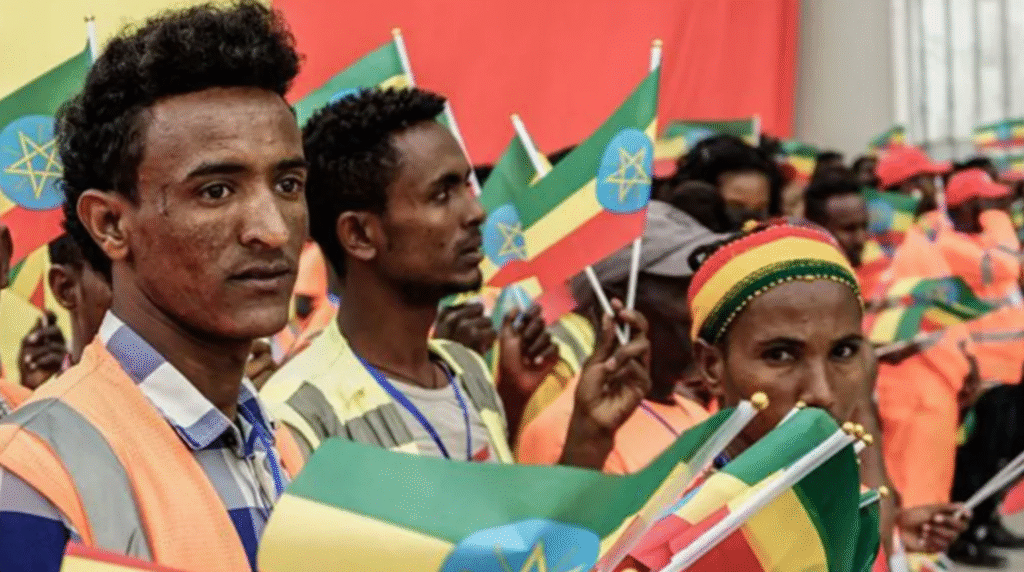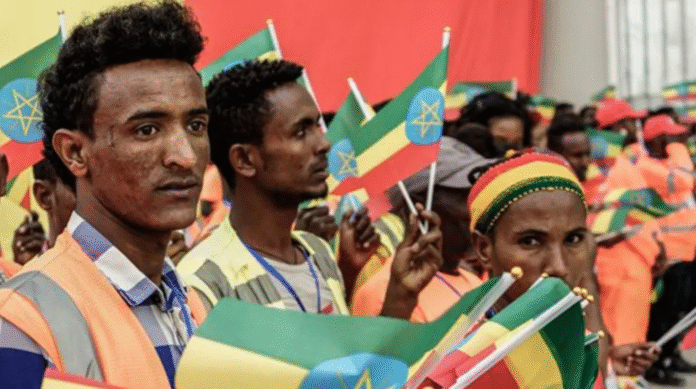Ethiopia Dam Pride and Its Global Significance
Ethiopia dam pride is more than a slogan, it’s a reality that has reshaped the nation’s identity, economy, and future. The Grand Ethiopian Renaissance Dam (GERD), built on the Blue Nile, is the largest hydroelectric project in Africa. For Ethiopians, it symbolizes resilience, unity, and ambition on a global stage.
Launched officially by Prime Minister Abiy Ahmed, alongside leaders from Kenya and Djibouti, the GERD is not just a source of electricity. It is a source of national pride, powering dreams for millions of Ethiopians who have long lived in darkness.

The Early Struggles: Building a Dream
Back in 2012, young engineer Moges Yeshiwas stood at the vast construction site of what would become Africa’s most ambitious energy project. He was only 27, eager for work experience, yet quickly realized this was more than a job.
The extreme heat, 12-hour shifts, and long separations from family tested workers’ endurance. But despite the hardships, engineers like Moges pushed forward, inspired by the belief that this dam would transform their country.
Ethiopia Dam Pride and National Unity
The dam became a rare unifying force in a country often divided by political and ethnic strife. Millions of Ethiopians, from nurses to farmers, contributed through government bonds and donations.
Clinical nurse Kiros Asfaw, even during the civil conflict in Tigray, pledged to buy bonds more than 100 times, driven by the late Prime Minister Meles Zenawi’s call for unity. For him, contributing to the GERD was more than financial, it was patriotic duty.
Unlike claims made by foreign leaders, Ethiopia proudly confirms the dam was built with domestic funding only, showcasing self-reliance and determination.
GERD’s Engineering Marvel
The GERD stretches 1.78 km across a valley and towers 145 meters high, built with 11 million cubic meters of concrete. It created a massive reservoir, Lake Nigat, meaning “dawn” in Amharic, a fitting symbol of Ethiopia’s new era.
At full capacity, the GERD can generate 5,100 MW of power, more than doubling Ethiopia’s current output and enough to light up tens of millions of homes. But the true challenge lies in expanding infrastructure to deliver electricity to remote villages.
Ethiopia Dam Pride Meets Controversy
Despite its domestic success, the dam has stirred international tension. Built on a tributary of the Nile, which supplies most of Egypt’s water, the GERD triggered disputes with downstream nations. Egypt, in particular, raised concerns about water flow, even hinting at possible conflict.
Yet for Ethiopia, this project is non-negotiable, a matter of sovereignty and survival. Abiy Ahmed declared it “the greatest achievement in the history of the Black race.”
Real Lives, Real Impact
For villagers like Getenesh Gabiso in southern Ethiopia, electricity is not about luxury, it’s about survival. Her mud-walled hut, just 10 km from the city of Hawassa, remains in darkness. She cooks with firewood, and her children study under kerosene lamps that damage their eyes.
“Just light in the evening is all I want,” she says. For millions like her, GERD represents hope.
But as Ethiopia’s Energy Minister Habtamu Ifeta explains, the road ahead is long. Nearly half of Ethiopia’s 135 million people still lack electricity. Expanding the national grid requires laying tens of thousands of kilometers of cable.

Ethiopia Dam Pride Through Sacrifice
For engineer Moges, the dam was more than work, it became part of his identity. Though he missed precious time with his young son, he takes pride knowing his efforts will secure his child’s brighter future.
“I know his future is going to be bright because of something I have contributed,” he says, proud of his sacrifice.
The Lessons of Ethiopia Dam Pride
-
Unity can overcome division. The GERD brought together millions of Ethiopians.
-
Self-reliance is power. Ethiopia rejected foreign financing to prove independence.
-
Sacrifice fuels progress. Workers and citizens alike gave their time, money, and health.
-
National projects inspire global respect. Despite disputes, the GERD elevated Ethiopia on the world stage.
-
Electricity transforms lives. For rural families, light means education, health, and dignity.
-
Pride drives perseverance. Against political and environmental odds, Ethiopia persisted.
-
The future is brighter. With the GERD, Ethiopia’s vision of electrifying 90% of households by 2030 is closer than ever.
Final Thoughts on Ethiopia Dam Pride
The Grand Ethiopian Renaissance Dam is more than concrete and turbines, it’s a legacy of determination. It shows how national pride, collective sacrifice, and resilience can overcome incredible odds.
Ethiopia dam pride is not just about power, it’s about people, progress, and possibility.

